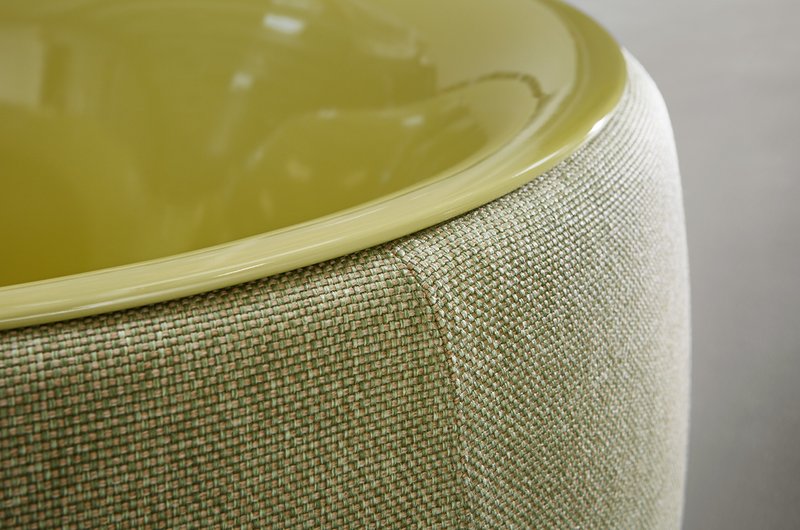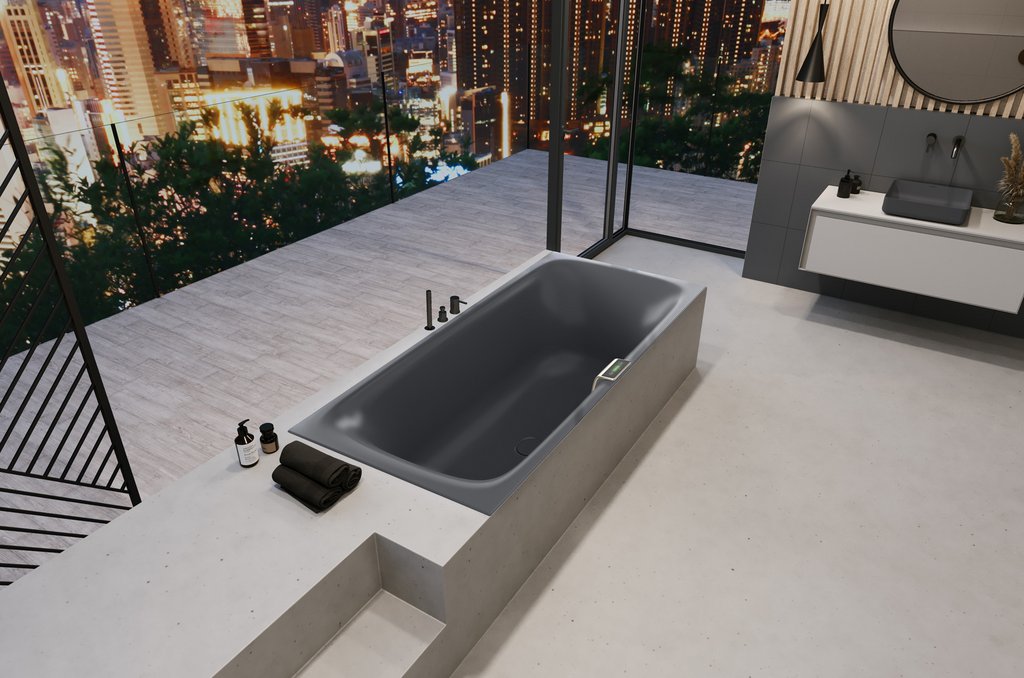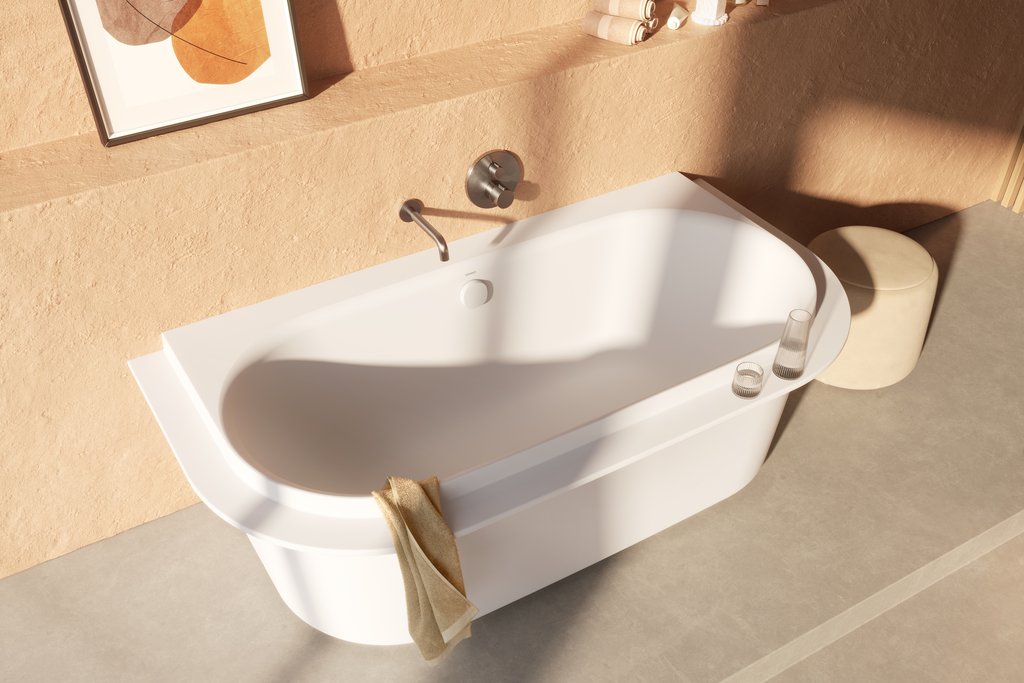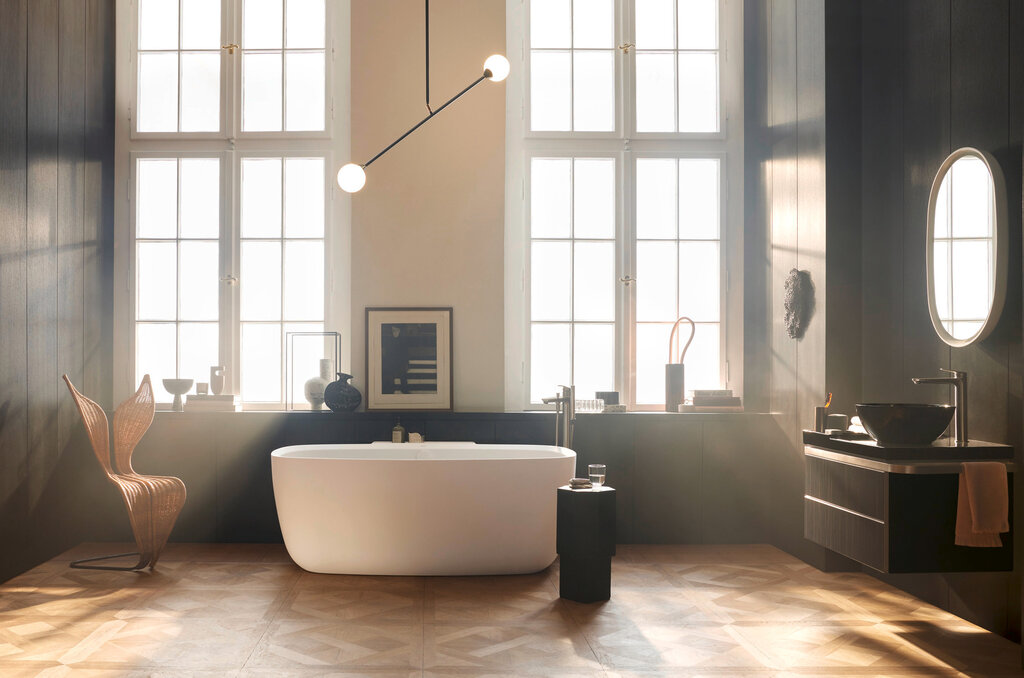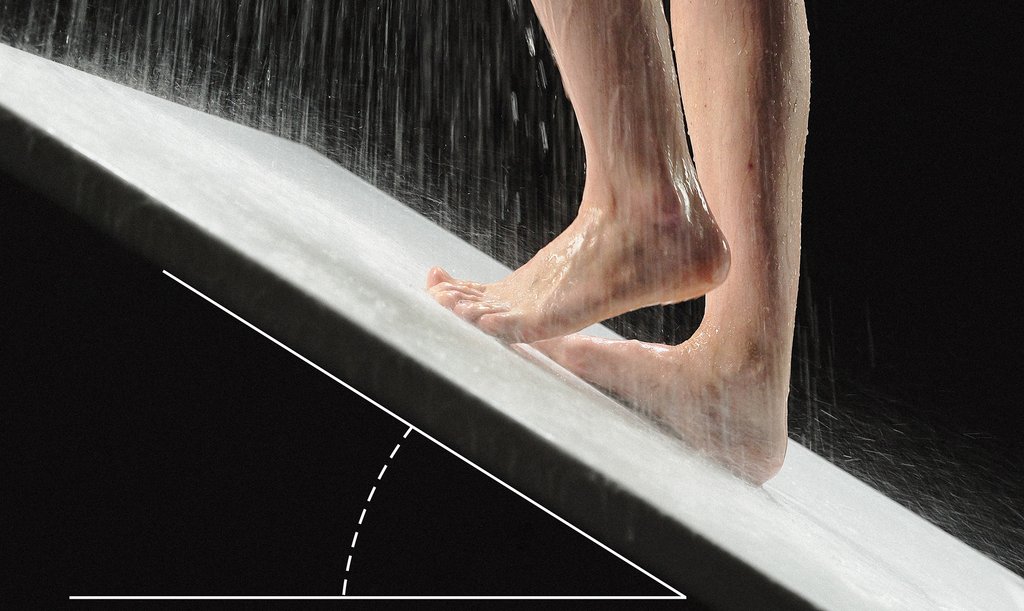Design concept by Bette:
A steel bath dressed in fabric
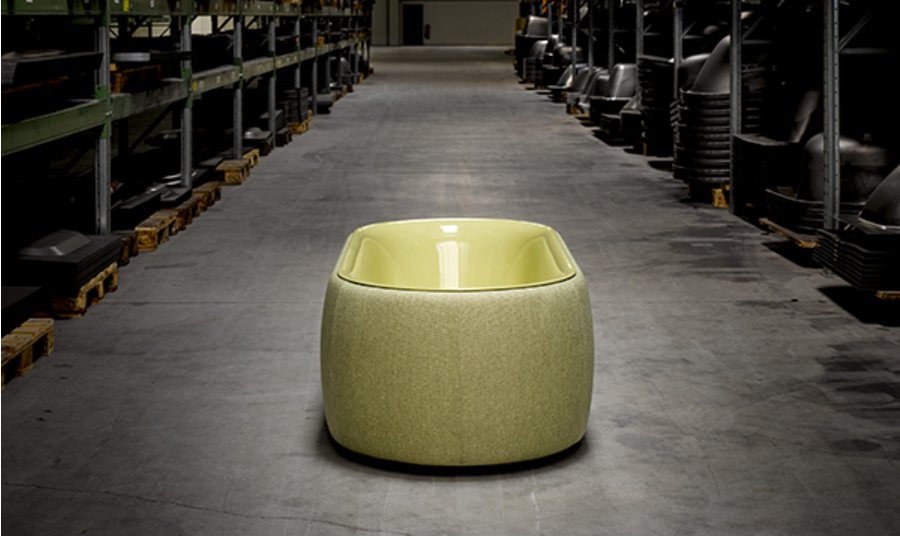
Steel-enamel specialist Bette and the Tesseraux + Partner design studio have set themselves the target of redefining opulence in the bathroom. The company's design concept of a bath that combines robust steel/enamel with homely fabric creates unfamiliar associations and brings a new sensuousness to the bathroom.
Fabrics only ever used to be a bathroom topic in relation to towels, curtains or mats. As we already know from our living rooms and bedrooms, fabrics play a vital role in the cosiness and atmosphere of a room. Now Bette, together with the designer Dominik Tesseraux, wants to set out to re-explore the sensuous quality of fabric in the context of the bathroom.
This has been made possible by a new generation of functional fabrics that are just as appealing as those used in the living room, but which are, according to the manufacturer, also extremely robust, easy-care, and water, mould and climate resistant. The main use for these fabrics so far has been in the latest outdoor furniture. Now the Bette design concept is demonstrating the possibilities that this opens up in the bathroom as well. The bath body was made quite traditionally from steel-enamel, while the bath apron was cushioned and covered by Bielefelder Werkstätten with woven fabric from JAB Anstoetz – just like a cosy sofa.
To be able to implement this combination, Bette had to come to grips with some unfamiliar issues. Which cuts of fabric can be used? What kind of bath frame construction must be provided? How can the fabrics be attached to the frame of the bath to make assembly easy? And how do we ensure that the bath edges are watertight?
"Although the bath is so far only a design concept, we have already been able to overcome the basic challenges," says Thilo C. Pahl, Managing Partner at Bette. Thus, for example, a stable, stainless steel frame provides the necessary bearing capacity, because there is an enormous weight resting on the steel frame when the bath is full. An aesthetic yet functional detail is also the shadow gap around 30 mm in height underneath the bath body – the fabric does not extend as far as the floor, so this avoids edges where dirt could collect, and makes it easy to wipe under the bath. "During development, it was important for us to give our ideas free rein and redefine the bath area", says Pahl, "because we want to create the awareness for a new comfort in the bathroom."
Designer Dominik Tesseraux is also convinced by the concept of the bath. "Home and family are a safe haven from our fast-paced and crisis-ridden society more than ever nowadays. The quality of time spent in the bathroom becomes increasingly important, because this is where we expend a lot of quality time on care, recovery and relaxation. People want to feel as much at home in the bathroom as they do in their living room." According to Tesseraux, this is reflected in the interior design of the bathroom, for instance, that is becoming ever more individual and frequently includes objects originating from the living room or bedroom, such as decorative lights, cosy stools, seats and easy chairs, or stylish mirrors. "The fabric-covered bath marks the next step and enhances the cool, rather technical elegance of bathroom products with the warm, homely comfort that can only be conveyed by cushioned fabric."
